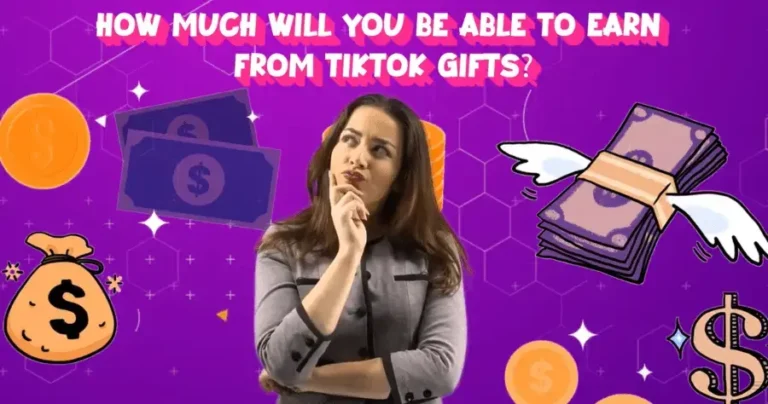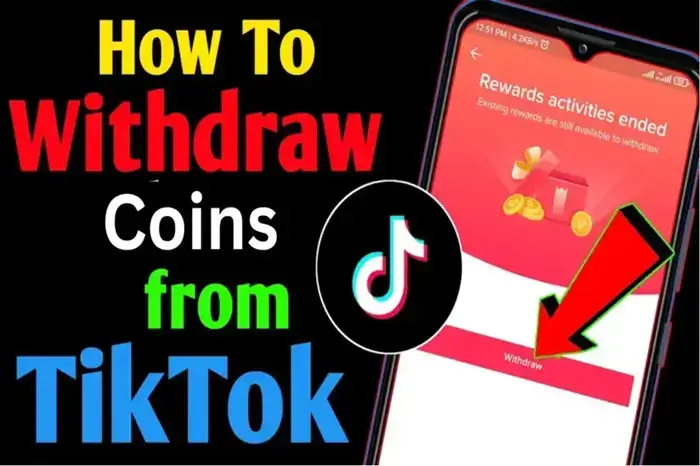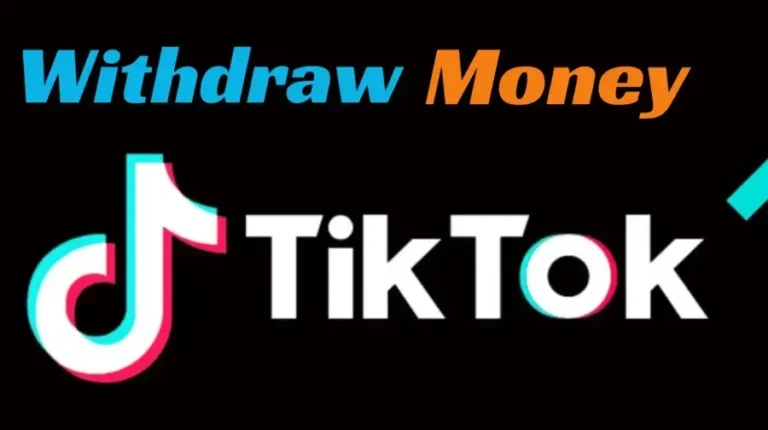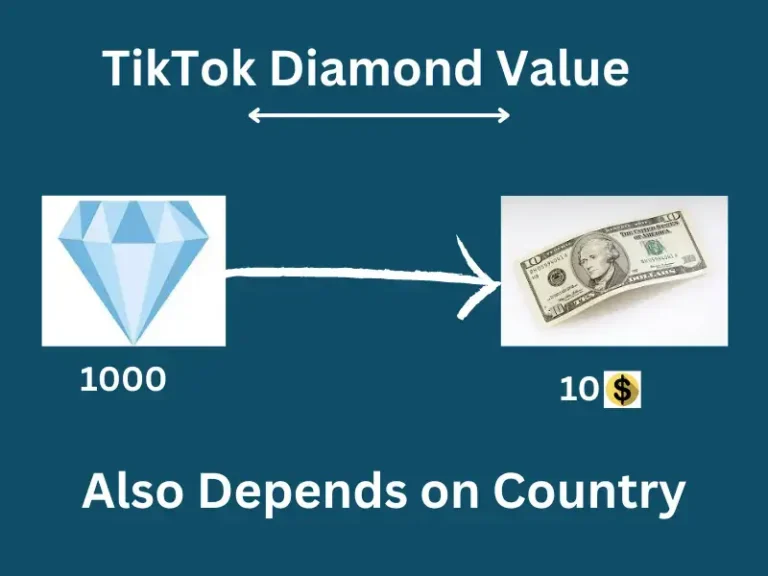10 bad things about TikTok: Toxic and Problematic Trends
Although TikTok has rapidly become one of the most popular social media platforms, but it has come under scrutiny for promoting dangerous challenges, exposing teens to inappropriate content, and facilitating the spread of misinformation.
While TikTok can be fun and creative, parents must know its dark side. This guide will explain 10 bad things about TikTok and some of the most toxic and problematic trends. The parents should know negative effects of TikTok which can negatively impact on mental health and put their teens at risk.

Dangerous Challenges: Is TikTok Dangerous?
TikTok trends tend to spread like wildfire, with challenge videos gaining immense popularity. However, some of negative effects of TikTok promote dangerous and life-threatening behavior.
List of 10 bad things about TikTok:
Following are some of the bad things and TikTok toxic trends which are considered disadvantage of TikTok.
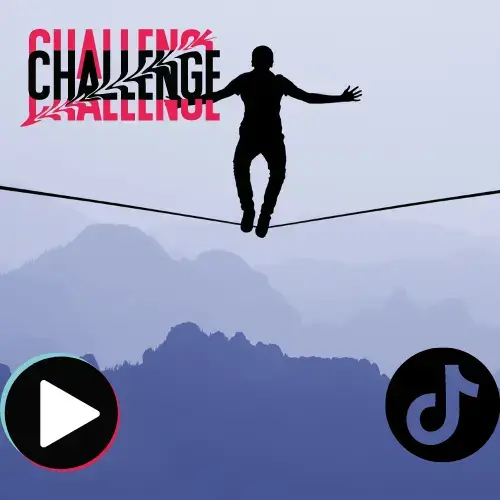
The Benadryl Challenge
The Benadryl challenge encourages participants to take excessive doses of the over-the-counter medication Benadryl to induce hallucinations. However, taking too much diphenhydramine can result in seizures, heart problems, coma, and even death. Tragically, a 15-year-old Oklahoma girl died after participating in this alarming trend.
The Pass Out Challenge
Also known as the choking game, the pass-out challenge involves intentionally cutting off the oxygen supply to the brain to achieve a euphoric state upon regaining consciousness. Unfortunately, even temporary oxygen deprivation can cause brain damage, seizures, and death.
The Coronavirus Challenge
In this absurd trend, participants were encouraged to lick random objects in public places during the peak of the pandemic. Such unhygienic behavior can facilitate the spread of coronavirus, needlessly putting themselves and others at risk.
The Skull Breaker Challenge
This dangerous prank involves two people kicking their legs out from under a third unsuspecting individual while they jump up in the air, making them fall backwards. It often results in head and back injuries due to hitting the ground with immense force.
While TikTok challenges may seem harmless initially, the skull breaker challenge and similar trends can have catastrophic consequences. Parents must frequently discuss online safety with teens to stop such behaviour before it becomes life-threatening.
Inappropriate & Explicit Content: Is TikTok bad?
Despite community guidelines banning sexually explicit content, nudity, and violence, such objectionable content still slips through TikTok moderation from time to time. Young kids and teens may end up viewing content unsuitable for their age.
Overly Sexualized Content
TikTok has faced backlash for videos featuring minors in sexually suggestive positions, clothing, and situations. Furthermore, adult content creators also produce racy videos that show up on young users’ feeds. Being exposed to such imagery can promote early sexualization among teenagers.
Exposure to Drugs & Self-Harm
Experts have raised concerns about videos depicting recreational drug use, abuse of prescription medications, and self-harm acts like cutting. Viewing such disturbing content, especially at a young age, may normalize the behaviour and trigger engagement in high-risk activities.
Disadvantage of TikTok
Spread of Misinformation
Social media is rife with false information, and TikTok is no exception. Videos containing conspiracy theories, inaccurate data, and pseudoscience spread rapidly on the platform. Believing such misinformation can be harmful, especially for teenagers who haven’t yet developed critical thinking skills to differentiate facts from falsehoods.
Toxic Trends Promoting Bullying & Shaming
While social media allows people to connect, it also facilitates the spread of toxic ideas that promote harassment. TikTok has given rise to several problematic trends that shame and humiliate users.
Body Shaming Trends
Weight is unfortunately a common target for criticism online. Trending dark TikTok sounds and effects are often used to poke fun at individuals perceived as overweight. These cruel fat-shaming videos can contribute to disordered eating habits and poor body image, especially among young girls.
Slut-Shaming Via “Lala Bop”
The term “Lala bop” is used on TikTok to label girls as sexually promiscuous. Users will name people they want to accuse of sleeping around and share private information to attack their character. This modern-day form of slut-shaming causes emotional distress and facilitates online abuse.
Little Miss Memes Mocking Insecurities
This trend utilizes images from the Little Miss book series captioned with insecurities and sensitive issues. Targeting someone’s vulnerabilities and broadcasting them online promotes cyberbullying and can deeply scar self-confidence.
Steps Parents Can Take to Ensure Kids’ Safety
While TikTok can seem like an entertaining app on the surface, parents need to address its societal impact and ability to magnify harm. However, having open conversations and setting guidelines can go a long way in ensuring children use social media responsibly.
Set Parental Controls
TikTok has parental control settings like screen time limits, restricted mode, and disabling direct messages that parents should take advantage of. There are also excellent third-party apps that offer more protection.
Have Open Conversations About Online Safety
Parents must frequently discuss making wise choices online, avoiding dangerous challenges and bullying, and being kind to others. Teens look to parents for guidance, and these conversations can encourage more empathetic online behaviour.
Encourage Positive Use
Motivate teens to use TikTok responsibly by creating positive content like science experiments, art projects, or dance videos. Appreciating their creativity can inspire them to steer away from negativity online.
Closely Monitor Your Child’s Use
While outright banning TikTok may backfire, you can keep your kids safe by occasionally supervising their activity on the app. This gives you insight into what content they are viewing and how they are portraying themselves online.
Being involved, talking openly as a family about online safety, and promoting positivity can go a long way in avoiding TikTok’s dark side.
Conclusion
In closing, while the dark side of TikTok features inappropriate content, dangerous trends, and a toxic culture, parents can take proactive measures to safeguard their children. Amnesty international has also highlighted these concerns.
Therefor, I suggest you to stay vigilant about these problematic facets and have frequent discussions about using social media wisely. With proper guidance, teens can leverage TikTok for entertainment and creative expression safely.



